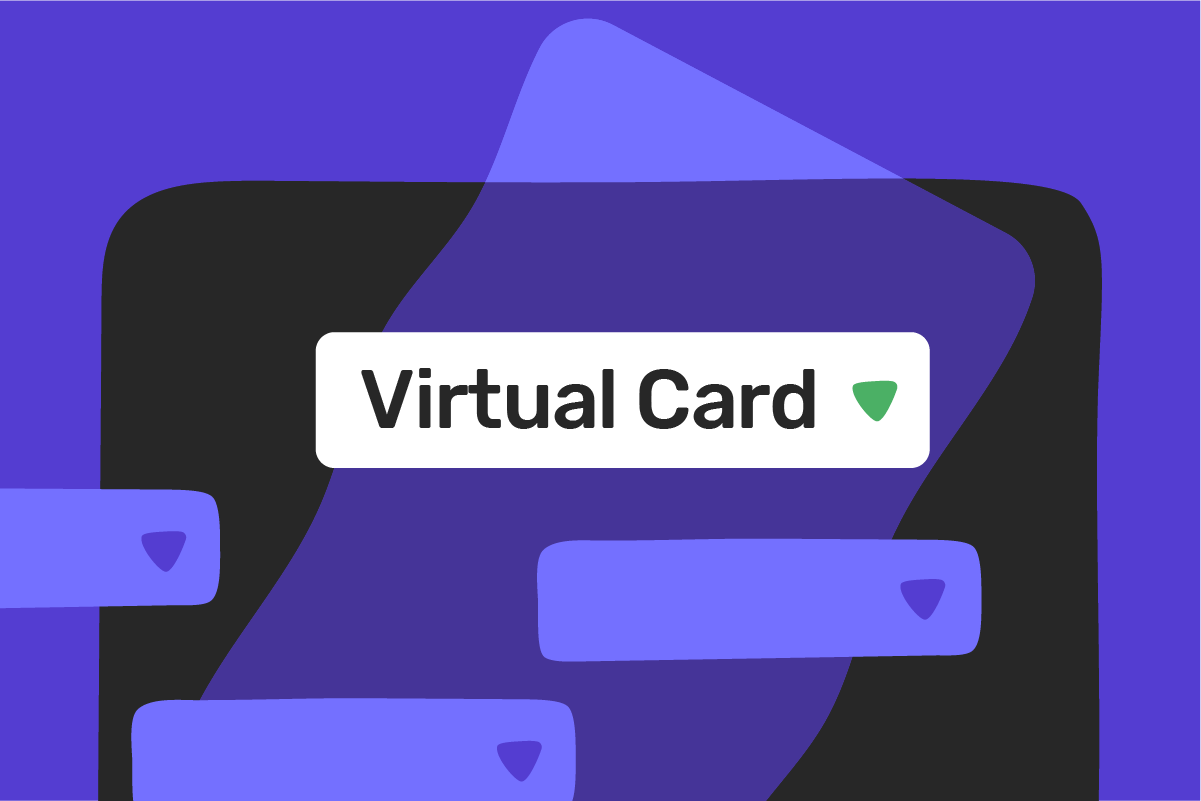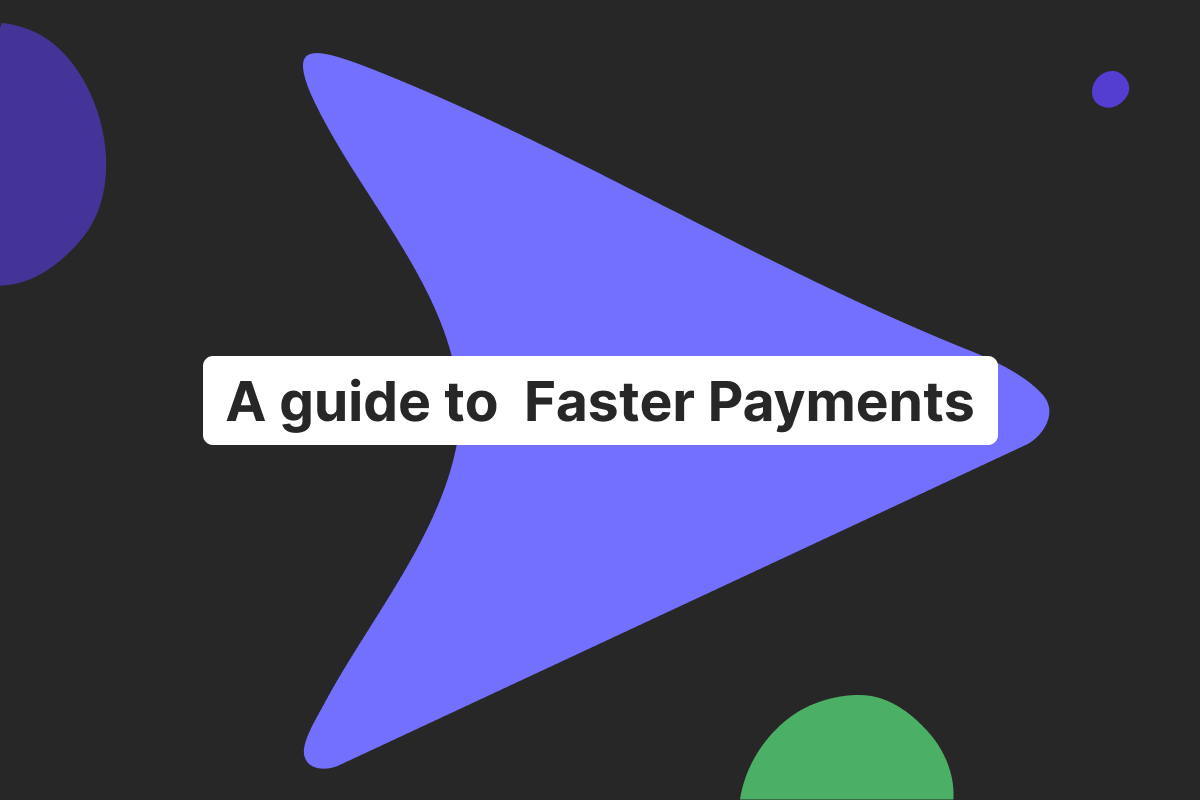We live in a world of instant digital transactions and fast payments. Technology shapes the way we consume information and gives us new habits. Virtual debit and credit cards have existed for a while on the market but only recently gained popularity thanks to the shift to contactless payments, which make shopping online seamless.
In this Genome article, we will dive into the virtual card/digital card phenomena, how it works, how secure it is, and how to set it up with a virtual card provider.
Why did virtual cards become so popular recently?
Since the pandemic, the payment situation all over the world has changed rapidly and effectively. According to Visa, governments support contactless payments via physical and virtual debit/credit cards more than ever and stimulate the raising of payment limits around the world.
Markets in Europe, the Middle East, Africa, and Canada have already taken the essential step to motivate more people to use this safe and reliable payment method.
For example, in the UK alone, in April 2020, the increase of the contactless spending limits was established. After, there was an approximately 50% reduction in the number of times Visa cardholders had to touch a checkout terminal to complete the transaction physically.
Another case was observed in the USA. The contactless usage of physical and virtual cards grew 150% from March 2019 to March 2020. Besides that, the USA had 175 million contactless cards on the market in that period, and 9 of the top 10 card issuers were actively putting out contactless debit and credit cards for their clients.
Nowadays, major issuers, such as Visa, provide virtual debit and credit cards for the convenience of both companies and individuals.
Open an account
in Genome online
How do virtual credit cards/debit cards work?
A virtual card (aka digital card) works in the same way as physical debit or credit cards (usually a plastic card, which can be a metal card). Thus, virtual debit cards/virtual credit cards can be used to make contactless payments in physical stores, online purchases, and transfers. Instead of having a plastic equivalent of the card and keeping it in the wallet, the user is storing a virtual one in the digital wallet.
A card issuer can immediately give access to virtual credit cards or virtual debit cards when the account is opened online. This card enables online shopping, transfers, or contactless purchases in retail. As with any transaction, the payment amount is then debited from the account balance.
To obtain a virtual card, a person must follow certain common steps that might differ slightly depending on the bank’s conditions. First, the user should choose the right banking institution that offers the feature/provides a virtual card number. The best way is to open an account in the online ecosystem that offers an easy way to manage payments and perform financial operations through an app or website like Genome does.
Another option is to order a virtual card/virtual prepaid debit card/credit card in the bank. The process usually does not take much time, as there is no need to wait for the physical arrival of the plastic card.
Once your virtual card is available, you can connect it to Apple Pay or Google Pay to make payments via mobile phone when shopping online or to add card details on payment devices for online virtual card transactions.
What is a virtual credit card?
Virtual credit cards are digital versions of physical credit cards that have the same functions but exist only online. Credit card issuers offer cards with a unique 16-digit virtual card number, an expiration date, and a CVV code – just like a physical card.
As with the case with traditional credit cards, virtual credit cards work for online shopping, phone payments, money transfers, and even in-person transactions via contactless payments (when added to a mobile wallet like Apple Pay or Google Pay). All transactions made with virtual credit cards are charged to the same credit account as the associated physical card, drawing from the available credit limit.
What is a virtual debit card?
The situation is quite the same with virtual debit cards as with virtual credit cards. Both exist in digital form, with no physical equivalent. The user receives the 16-digit virtual card number, its expiration date, and CVV.
The main difference of the virtual debit card is that it does not rely on the credit limit. All purchases made with the virtual debit card are drawn from the main payment account, with the 16-digit virtual card number linked directly to that account. The virtual debit card gives the user all the banking advantages of a virtual credit card.
If you would like to know more about different types of bank cards, we recommend you check this guide.
Open an account
in Genome online
Why use a virtual card?
One of the main issues a virtual card has is cash withdrawals: it is complicated to withdraw money unless you use an ATM that allows contactless operations. The reason is the lack of a magstripe or chip for Chip & Pin, which is present only on physical cards.
Besides that, there are more benefits to them: they are safe to use for online purchases, easier to store, and simple to manage.
Let’s take a closer look at the drawbacks and key benefits of virtual cards by comparing them to a physical card.
Virtual card vs. physical card
Features/specifics | Virtual debit/credit cards | Physical debit/credit cards |
Availability | Instant (usually available in the app within minutes) | Takes days to ship |
Contactless payments | Available, usually the primary method for in-store payments | Available, but not on all cards |
Cash withdrawal | Limited | Full support |
Risk of loss | Can’t be lost – exists only in a digital form | Can be lost or stolen |
Eco-friendly | Yes | Most cards are made of plastic, although companies have begun developing more eco-friendly alternatives in recent years, like a metal card |
Where can you use a virtual card?
You can use a virtual card almost anywhere a regular card is accepted if a store has a card reader with NFC. It’s ideal for online shopping, subscription services like Netflix and Spotify, and purchases on app stores such as Google Play and the Apple App Store.
Virtual cards also work to book flights and hotels and pay for other travel needs.
When added to mobile wallets like Apple Pay or Google Pay, they can be used for secure, contactless payments in physical stores, as well as quick online payments.
Open an account
in Genome online
What are the drawbacks of virtual credit cards?
One common limitation of virtual credit cards is that they generally cannot be used to withdraw cash directly from ATMs – unlike physical cards.
However, this issue can sometimes be bypassed by linking the virtual card to a digital wallet like Apple Pay or Google Pay. If the virtual card is added to one of these wallets, and the ATM supports contactless (NFC) withdrawals, users may be able to withdraw cash. Still, not all ATMs offer this feature, and availability can vary by country and bank.
The benefits of virtual card payments
While there is just one disadvantage to using virtual cards when handling cash, the list of benefits is way larger.
Generally speaking, virtual cards are safer than regular ones. They can not be lost as their card account details, such as 16-digit number, expiry date, and CVV code, are always stored in the online bank account. At any moment the cardholder can log in from any device in order to use the virtual card or block it if the card details or other data were somehow compromised.
Also, virtual cards can be easily stored on a mobile phone for contactless payments. With a virtual card, there is no need to take your physical wallet with you whenever you’re outside, which makes the payment process at stores faster and easier.
The last benefit is the ecological aspect. As the issuer of the card presents just the payment data with no plastic, it is a planet-friendly approach.
Business use cases for virtual cards
Virtual cards offer powerful benefits for companies that deal with multiple expenses and want to improve their cash flow and money management skills.
First of all, they are ideal for managing team expenses, allowing companies to issue individual virtual cards to employees, departments, or freelancers without the risks of sharing a physical bank card.
Companies can set spending limits and usage rules, helping to maintain budget control and prevent overspending.
Businesses can also use virtual cards to separate and monitor their expenses.
For instance, inside Genome, a business wallet user can issue the first 100 virtual cards (corporate cards) for just 1 EUR/card and use them for media buying, subscriptions, recurring payments, and other corporate expenses.
Moreover, account owners can have better money management and spending control thanks to real-time tracking and setting limits.
Open an account
in Genome online
How safe are virtual cards?
Virtual cards are generally safer than physical cards because they don’t expose your virtual card number during in-store transactions. Some of the cards even generate unique, often single-use card numbers that limit the chances of fraud or data misuse.
Safety features of the virtual card
It is easy to connect a virtual card to a secure digital wallet to perform contactless payments;
Most of the mobile payments are protected with biometric security, identity verification, and other fraud protection tools;
The virtual card can’t be lost as in the case of a physical bank card, for example;
The virtual card can be easily blocked through the banking app or website;
It is easy to operate all the parameters including the transaction limit of the virtual card in the banking app or on the website.
Virtual cards and security: are they traceable?
Virtual cards are generally traceable in the sense that all transactions are logged and linked to the account or identity that issued the card – especially when issued by regulated financial institutions.
However, virtual cards often provide an added layer of privacy by generating unique card numbers and anonymizing certain transaction metadata. It makes it more difficult for merchants or bad actors to link your purchases across different platforms.
While not truly anonymous, virtual cards do reduce the amount of personally identifiable information exposed during these secure transactions.
One of the biggest security advantages of virtual cards is that some of them are created for one-time or limited-use purchases, especially on platforms with lower trust levels. You can often set spending limits and expiration dates or even block your card after a single use.
Genome virtual card
Genome offers secure Visa virtual cards with enhanced security features and all the payment benefits: making online payments and physical purchases via mobile phone.
Users can order Genome’s debit virtual cards completely online and link them to their multi-currency accounts in EUR, USD, GBP, PLN, CHF, CZK, HUF, or SEK.
Both individual companies can order virtual cards, controlling their funds in the way they prefer the most. All card data and features are available on the web and through the Genome app.
All Genome’s cards are contactless and are compatible with Apple Pay, Google Pay, and Garmin Pay.
To order a virtual card at Genome, follow these easy steps:
Create an account if you don’t have it yet.
Choose the wallet type: personal or business.
Fill in the personal data.
Pass a quick verification to open an account.
To get a business account, you will additionally need to fill in company details and the ownership structure.
Once you have an account, go to the Cards menu.
Select a virtual card.
Confirm your details, and you’re done!
Open an account
in Genome online
FAQ
What does a virtual card mean?
Virtual cards are debit or credit cards that exist only online in the digital wallet without any physical form. This card has all the functions as the regular card, except the limited manipulations with cash.
How does a virtual card work?
The virtual card works exactly like the physical card. If it is a virtual credit card it relies on the line of the account credit. If it is a virtual debit card the funds are drawn from the main payment account for contactless or online purchases.
What is the use of the virtual card?
Virtual debit/credit cards have all the functions of the physical ones: payments online, physical purchases via Apple Pay and Google Pay, transfers, payments by the phone.
How do I get a virtual card?
Setting up virtual debit/credit cards is easy. It can be ordered in any banking institution that offers this feature. We recommend checking all Genome’ benefits with virtual cards and digital wallets.






